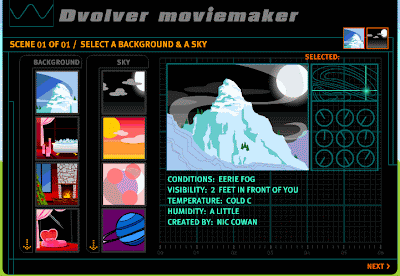 |
| http://www.questgarden.com |
 |
| A task I designed using QuestGarden |
What is QuestGarden? What does it do?
QuestGarden is a website designed to help users create a WebQuest [note] without fear of not knowing how to edit web page. By following the examples and standard procedure offered by the QuestGarden, users can attach or embed their photos, worksheets in the WebQuest they make. They can also play with the font, background color and create their own stylish WebQuest.
QuestGarden is also a community that allows users to share and comment on one anothers' work.
[note] Here is a link if you want to explore more about WebQuest.
http://webquest.org/Why is QuestGarden relevant to language learning?
Teachers can find a variety of well-designed WebQuests on QuestGarden and are free to use them in their own teaching context. They can also adapt WebQuests to suit students' needs such as culture, background, English level, interest, etc. Most important of all, students can benefit greatly from meaningful and interesting learning process.
How can we use QuestGarden to foster language learning in class or outside class?
1. Teachers are free to choose sample WebQuests that suit their teaching contexts.
2. Teachers might be inspired by other teachers' ideas of teaching and want to create their own WebQuests, which encourages creative teaching.
3. Teachers might learn from one another through the process of evaluating others' WebQuests.
What are the limitations with the use of QuestGarden?
1. It takes a lot of time and effort to carry out a well-structured and comprehensive QuestGarden work.
2. As the main idea of QuestGarden is to build up learners' English repertoire through meaningful and step-by-step tasks, it might take a certain amount of time to see their growth in English.
3. It might be difficult to assess how much learners have learned from the tasks.






















